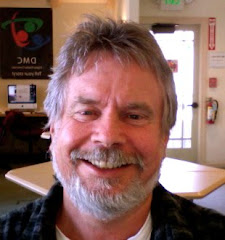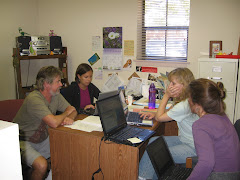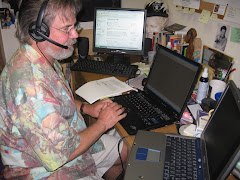 Many great entities have come in threes: Stooges, Musketeers, Amigos, R's, circus rings, cheers, landing points. So I took it as an omen of mixed propitiousness to find myself working in front of three computer screens. Would it be a safe three-point landing or a three-ring circus? A struggle worthy of d'Artagnan's friends or a debacle of Curly-Moe-Larry calibre?
Many great entities have come in threes: Stooges, Musketeers, Amigos, R's, circus rings, cheers, landing points. So I took it as an omen of mixed propitiousness to find myself working in front of three computer screens. Would it be a safe three-point landing or a three-ring circus? A struggle worthy of d'Artagnan's friends or a debacle of Curly-Moe-Larry calibre?Anyway, there I was, feeling like a NASA scientist or, headphones and all, a latter-day George Martin. I, who have been so nervous when dealing with just one of the beasts, operating simultaneously with a desk top and two lap tops.
The details, for what they are worth, are these: we had decided to begin each unit with an audio clip, describing the overall theme, the menu of activities and the place to start. I was recording these on Sarah's laptop, using Audacity (how bold, to even consider this); the script was on my laptop and the Moodle was on the desk top so I could see if what I was saying corresponded to what had been posted. Which, as it turned out, it sometimes did not, requiring new editing tasks to be completed first.
Well, it worked. The audacity files were named, saved and put up on the Moodle. While the Top Technician played with various compression and playback options (taking me through over-caffeinated chipmunk and stoned chipmunk stages, then back to my normal voice), I reflected on the beginnings of my experience with educational technology.
I was trained to deploy three devices: the reel-to-reel audio tape player, the blackboard (later known as the chalkboard) and the tachistoscope. This latter word can, I think, be used to refer to a range of machines or instruments which expose objects, pictures or text to the eye for a very brief period of time. It comes from the ancient Greek word takhistos, meaning "swiftest" plus "scope" for "look," as in telescope and microscope. In language education, a tachistoscope projects a text onto a screen and scrolls down at a certain speed. The idea was that by gradually increasing this speed, we could help our students develop reading fluency in the target language. With the early models, the teacher turned a handle to control the speed; more sophisticated machines followed, with a dial to be set at the requisite words-per-minute and the text scrolling automatically. While the tachistopscope featured regularly in my apprenticeship as a language teacher, I have not even seen one since.
The tape player was a vital part of audio-lingual methodology and we had to become adept at playing a short section of a dialogue, rewinding and playing again for the students to repeat endlessly. It was important, we were told, to do this while maintaining eye contact with the class in order to maintain order, so we practiced the play-stop-rewind-stop-play sequence many times over without looking down to develop speed and accuracy. This skill served me all of two years before the audiocassette and its light, compact player changed the field and made possible a vital component of second and foreign language teaching: teachers forcing students to listen to their favourite songs.
Compared to the other two, learning to draw on the board was a lot of fun. We moved systematically from simple two-dimensional objects to faces and stick figures, complex objects and animals. There was room for experimentation and the trail-and-error learning was effective and enjoyable (though the chalk dust in the air was a definite disadvantage). And of the three, it's the only one that I occasionally employ today, with the benefit of coloured markers with powerful fruity scents.
So the world of educational technology has come a long way, dragging practitioners like me along with it. And, all things considered, I now definitely prefer three computers to that odd technological triad with which I started my career.






No comments:
Post a Comment